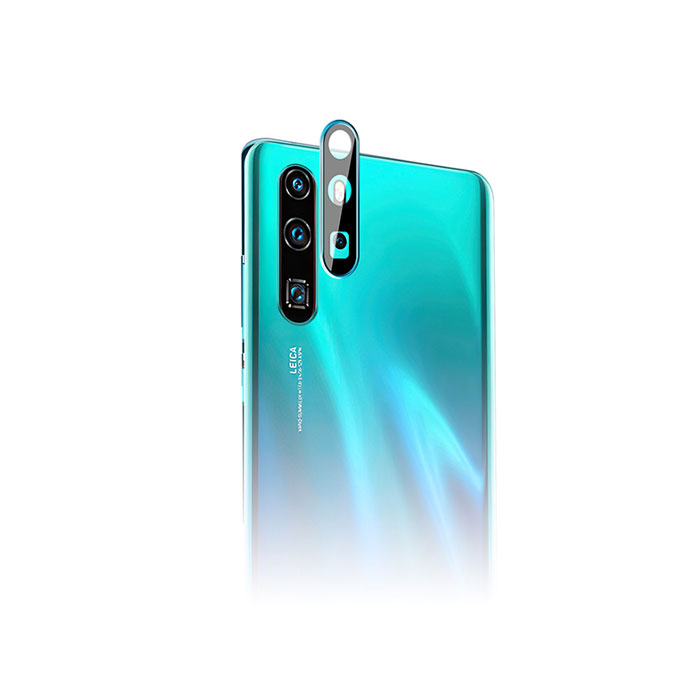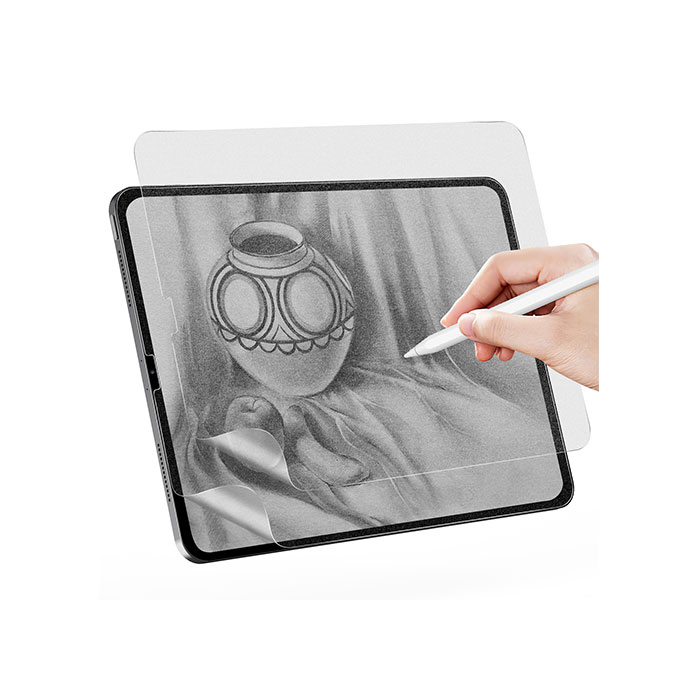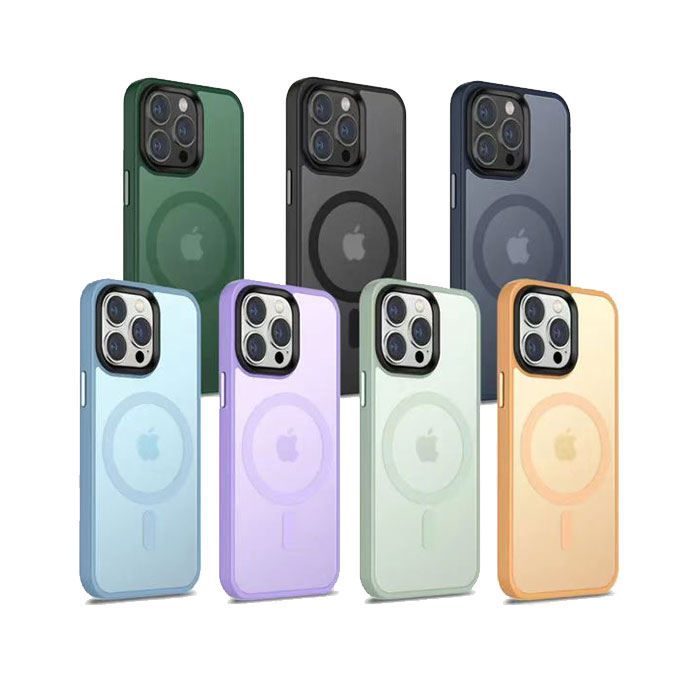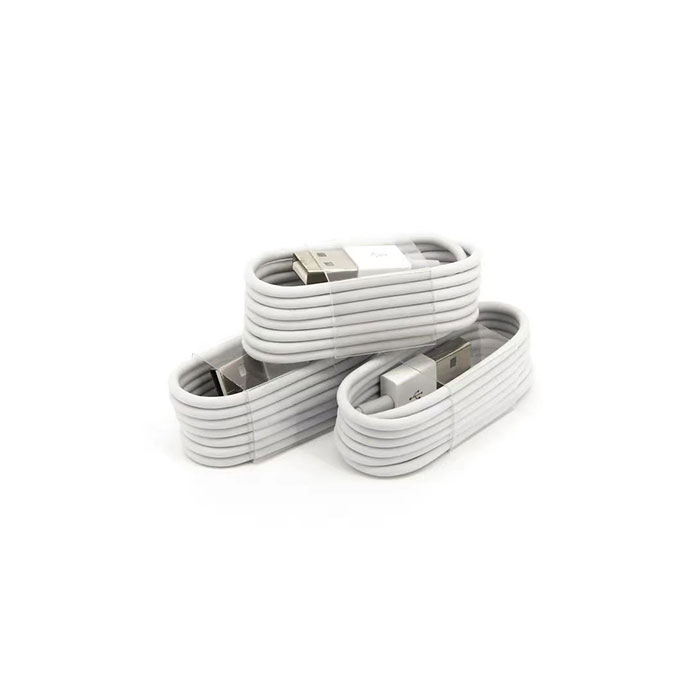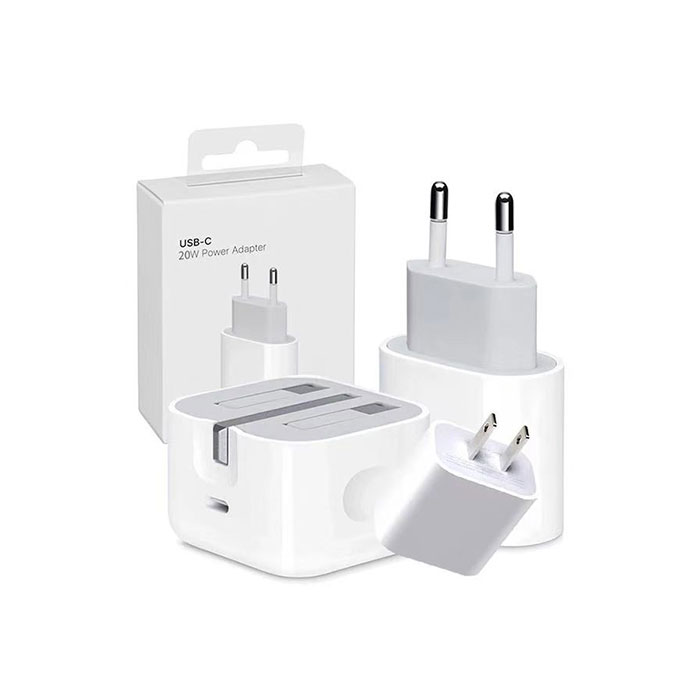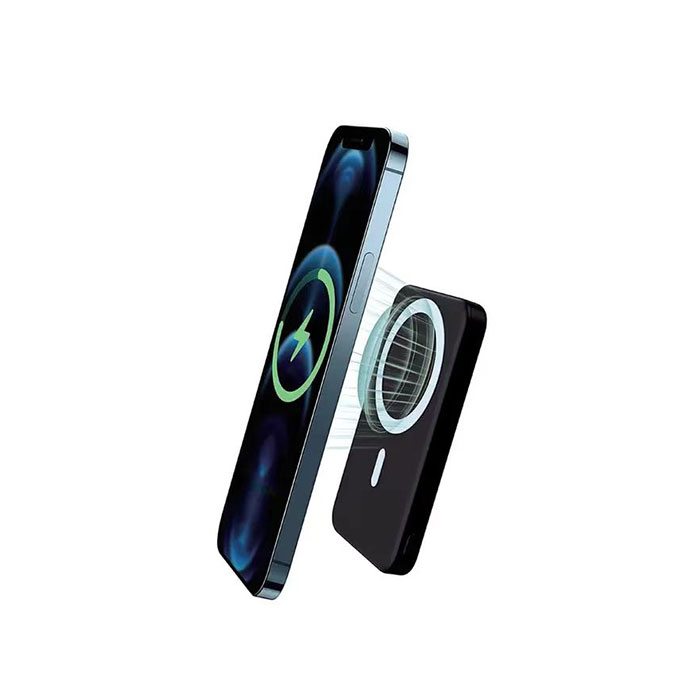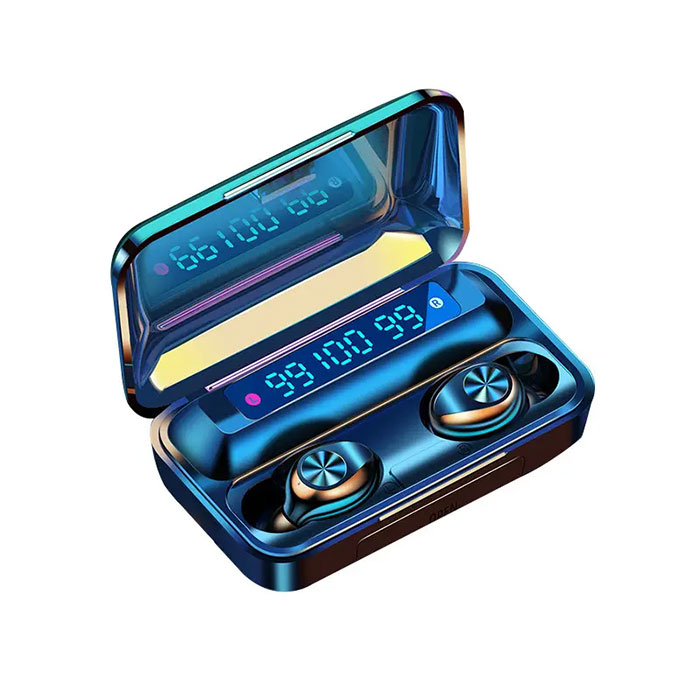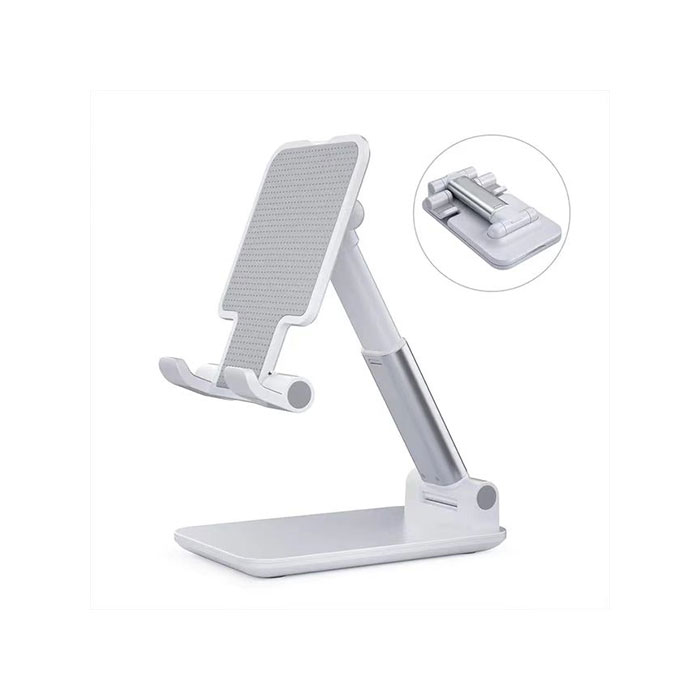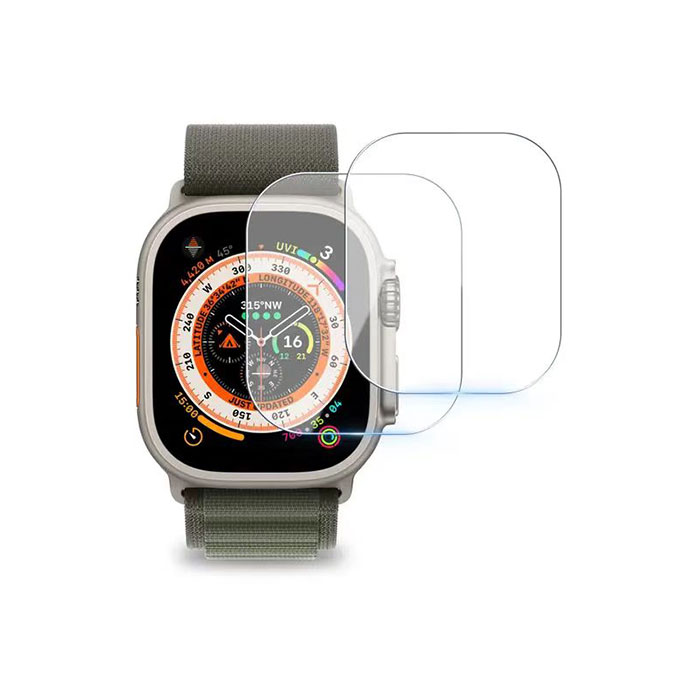As a personal personal item, mobile phones always contain various personal information. Therefore, when using mobile phones in public places, many people worry that their screen content will be seen by the people next to them. Especially when entering various passwords with a mobile phone, it is very dangerous to be targeted by people with malicious intentions. Therefore, in order to prevent private information and confidential documents from being peeped, "anti-spy film" has emerged in recent years. In fact, the anti-peeping film is also a kind of tempered film. As the name suggests, it is a tempered film that can prevent others from peeking at the screen and protect personal privacy. After the privacy film is attached to the mobile phone, people around you will not be able to see the content of your screen clearly.
How does the anti-spy film achieve "anti-spy"?
It sounds very mysterious. So, how does the anti-spy film prevent people from peeking at the screen of the mobile phone? To study its technical principles, we need to start with a traditional window "shutter". Shutters are windows with neatly arranged blades. I believe you have seen them on TV or in your life. Its principle is: block the outside line of sight through the concave and convex direction of the blade, and block the outside line of sight from top to bottom while collecting light. If the convex surface of the blade faces the interior, the shadow will not be reflected to the outside, and the concave and convex surface of the blade visually blocks the view from the window. The anti-peeping film uses this principle to place the shutter as a "peep-proof structure layer" in the screen layer. Of course, the design structure of the anti-peeping film of the mobile phone is denser, which is equivalent to reducing the blinds thousands of times.
The anti-spy film narrows the viewing angle of the screen by controlling the angle of light. Based on a layer of juxtaposed grating structure similar to "shutters", at a certain angle, light cannot pass through the screen and reflect back to the screen state, which reduces the display angle of the screen.
In this way, after the anti-peeping film is attached, the contents of the screen can only be seen clearly when facing the screen or within a certain angle range. If the sides are out of view, the screen cannot be seen clearly.







